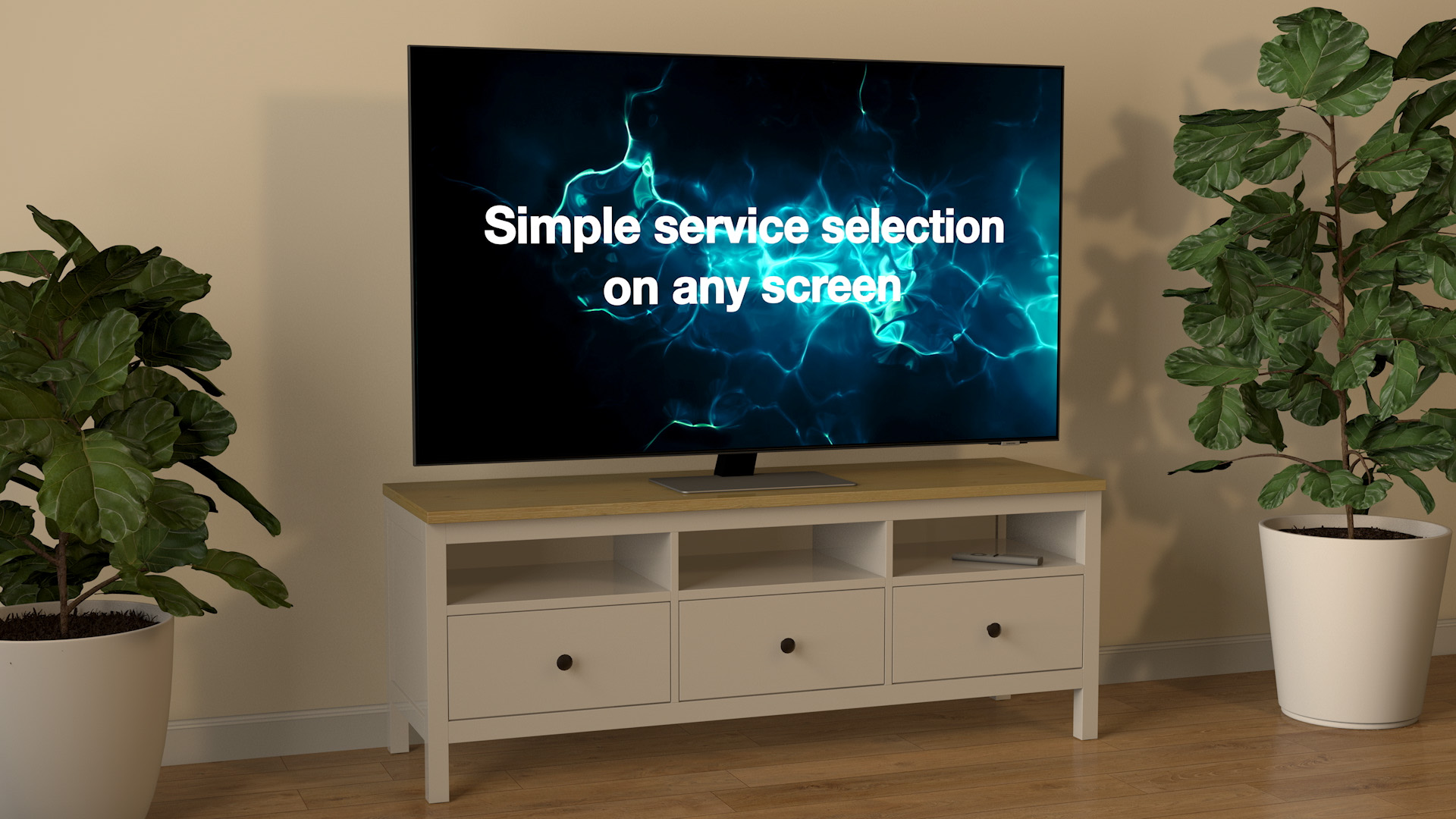News
National numbering plan recommendations
1 September 2023
The Service List Registry has released its recommendations for a new Logical Channel Number plan for television and radio services in the United Kingdom. The plan aims to provide a national numbering scheme for audiovisual services that is coherent, consistent, and convenient for viewers.
The recommendations adopt a network-neutral approach that accommodates traditional channels delivered through an aerial or satellite dish, together with online services available over fixed and wireless broadband networks, in any combination.

The scheme comes in response to a consultation from Everyone TV, which manages the Freeview and Freesat platforms, jointly owned by the BBC, ITV, Channel 4 and Channel 5. The recommendations aim to align as far as practical with the channel numbering of leading subscription platforms. The numbering will not apply to existing service propositions but will allow future harmonization of service offerings.
The plan provides appropriate prominence for the Designated Channels of public service media providers, including their online services. This is in line with current and proposed legislation and regulation for television and radio selection services. It includes support for national, regional, and local variations.
The new numbering plan groups services into related families and themes to offer simple service selection for users. It means that the portfolio services of public service broadcasters will be grouped together for the first time, along with other families of services from other major media providers. National and local radio services will also have their own numbers.
In addition to existing channels, there is provision for up 9,000 further services, enabling a new generation of online channels that can be arranged around specific themes or even particular programmes. Numbers can also be mapped to interactive services offering programmes on demand.
Viewers will be able to assign services to favourite numbers for convenient selection. These will be pre-assigned to the first 99 services in the list.
The Service List Registry supports service lists using the open DVB-I specification and simple web standards to allow service discovery by any compatible device, display or application, fostering an open competitive market for audiovisual products and services.
Anyone will be free to implement the specification, which allows innovation in presentation to encourage differentiation in products and services while maintaining compatibility and consistency of numbering.
Such a system can be introduced progressively, without requiring any changes to existing terrestrial or satellite transmission arrangements. It will provide a flexible foundation for the next generation of audiovisual media services.
The logical channel numbers will be allocated by a simple system of objective rules applied to participating providers, designed to be fair, reasonable and non-discriminatory.
“Our recommendations for numbering are based on extensive research and are designed to support the needs of the viewer and provide a numeric service selection system that is logical, intuitive and easy to use,” said Dr William Cooper, the Chief Executive of the Service List Registry. “We welcome further input on these proposals and how they should be implemented.”
Views on the suggestions are being sought from stakeholders, including users, media providers, producers of devices, displays and applications, and policy makers, lobby groups, legislators and regulators.
The recommendations will be refined in response to feedback in order to create a policy framework for the allocation of logical channel numbers for a national service list to be provided by the Service List Registry.
Further information is available at the Service List Registry web site at slrdb.com.
About the Service List Registry
The Service List Registry is a federated online directory of audiovisual media services, based on open standards. Registered regulators, media providers, and distributors can manage lists of offerings available online and through traditional broadcast networks. This enables compatible devices, displays and applications with different capabilities to discover and access relevant services from multiple sources, offering users choice, convenience and control, on any screen.
Key number range recommendations
| LCN Range | Category |
|---|---|
| 1-99 | Favourite channels, pre-assigned with primary services |
| 100-199 | Entertainment services, including Designated Channels |
| 200-299 | Time-shift and additional Entertainment services |
| 300-799 | Thematic channels organised by category, including News and Children |
| 800-975 | Radio services |
| 980-999 | Adult services with parental controls |
| 1000-9999 | Other non-broadcast services |
Suggested numbering for main public service channels
| Service | Suggested | Notes |
|---|---|---|
| BBC One | 1 / 101 | Relevant national or regional service |
| BBC Two | 2 / 102 | |
| Channel 3 | 3 / 103 | Relevant ITV / STV / UTV regional service |
| Channel 4 | 4 / 104 | S4C in Wales |
| Channel 5 | 5 / 105 | |
| 6 / 106 | Vacant | |
| Local | 7 / 107 | Local service for region |
| National / Local | 8 / 108 | BBC Scotland in Scotland |
| National | 9 / 109 | BBC Alba in Scotland, Channel 4 in Wales |
| BBC iPlayer | 10 / 110 | Direct number for online player |
| BBC Three | 11 / 111 | |
| BBC Four | 12 / 112 |
Logical Channel Number Policy for a Next Generation Platform
DVB-I is an open standard for Service Discovery and Programme Metadata, developed by the European Broadcasting Union and the DVB Project based in Geneva, published as DVB BlueBook A177 and as ETSI TS 103 770.
Brock House
19 Langham Street
LONDON
W1W 6BP
UNITED KINGDOM
Telephone: +44 (0)20 7993 2278
Email: botblocker@slrdb.org
Contact usService Registry Limited is registered in England and Wales as company number 14040796.